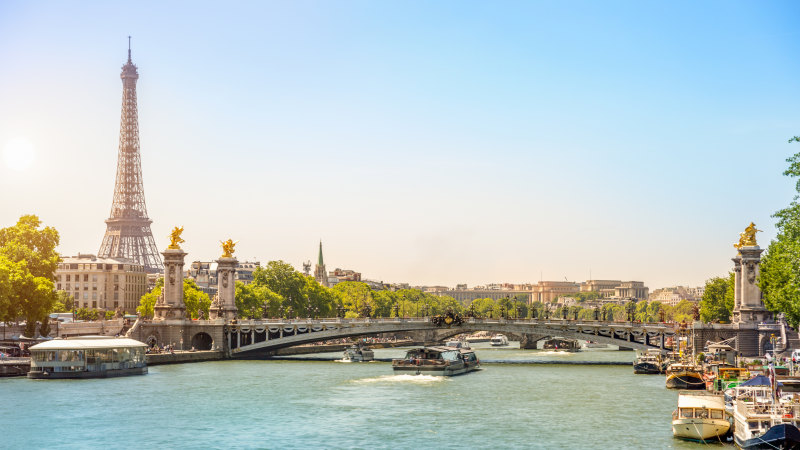The Paris Olympic mascot is a strange little creature called Phryge, based on the red, white and blue Phrygian cap, historically worn as symbol of freedom. I’m wondering if the Warner Brothers’ cartoon character Pepe le Pew might have been a better idea. Swimming at the foot of the Seine seems unlikely, for now.
Credit: iStock The amorous, heavily accented and odorous French skunk seems like a more relevant choice, given that the river Seine, less than a month before the opening of the Games, is awash with bacteria, giving the city more pong than ping. Last week, levels of e.coli bacteria were far above the highest limits set by international sports federations.

Almost 2 million cubic metres of untreated wastewater flowed into Seine last year. This isn’t unusual for Paris. The river has been the city’s dumping ground.
In the 16th century the bodies of soldiers and victims of religious wars were typically dumped in the river. My favourite museum in Paris is the Fragonard Museum in the National Veterinarian School at Maisons-Alfort on the Seine. Honore Fragonard was professor of anatomy, and he was obsessed with trying to find a way to preserve human cadavers by skinning them and injecting wax into their veins.
Parisiens enjoy ‘la plage’ by the Seine in summer. Credit: Alamy He would illegally drag corpses floating down the river as his subjects. The scientist prepared more than 700 of them during his time at the school (1766-771).
Only 21 cadavers remain, but they�.
















